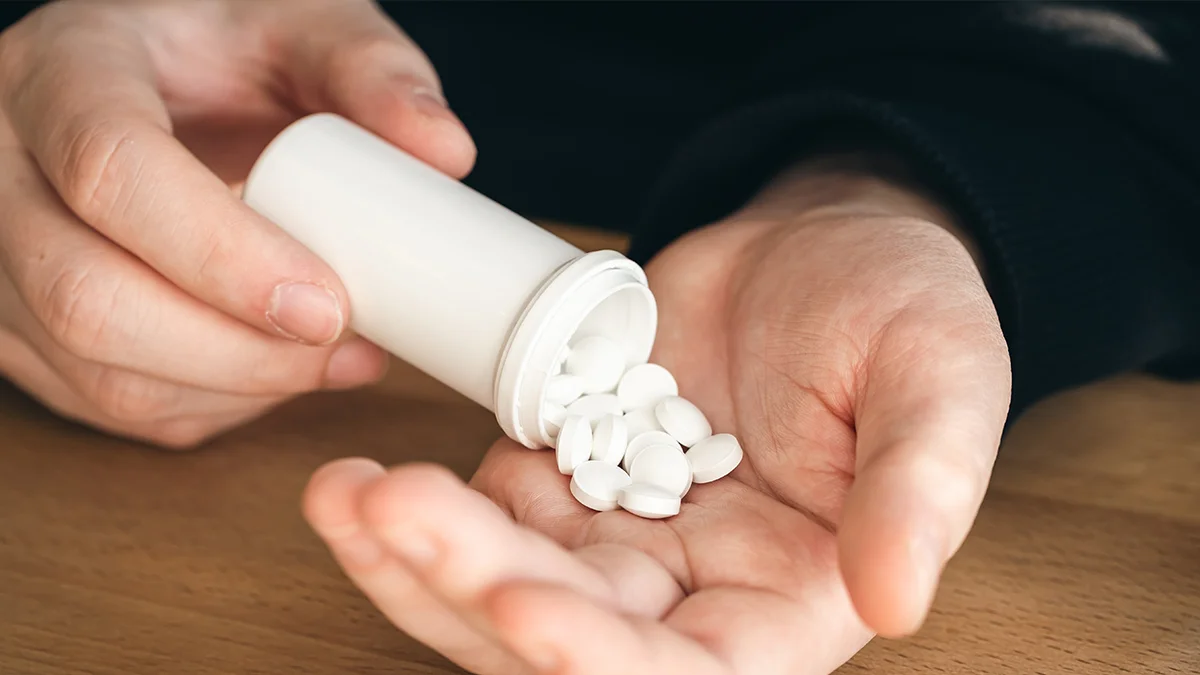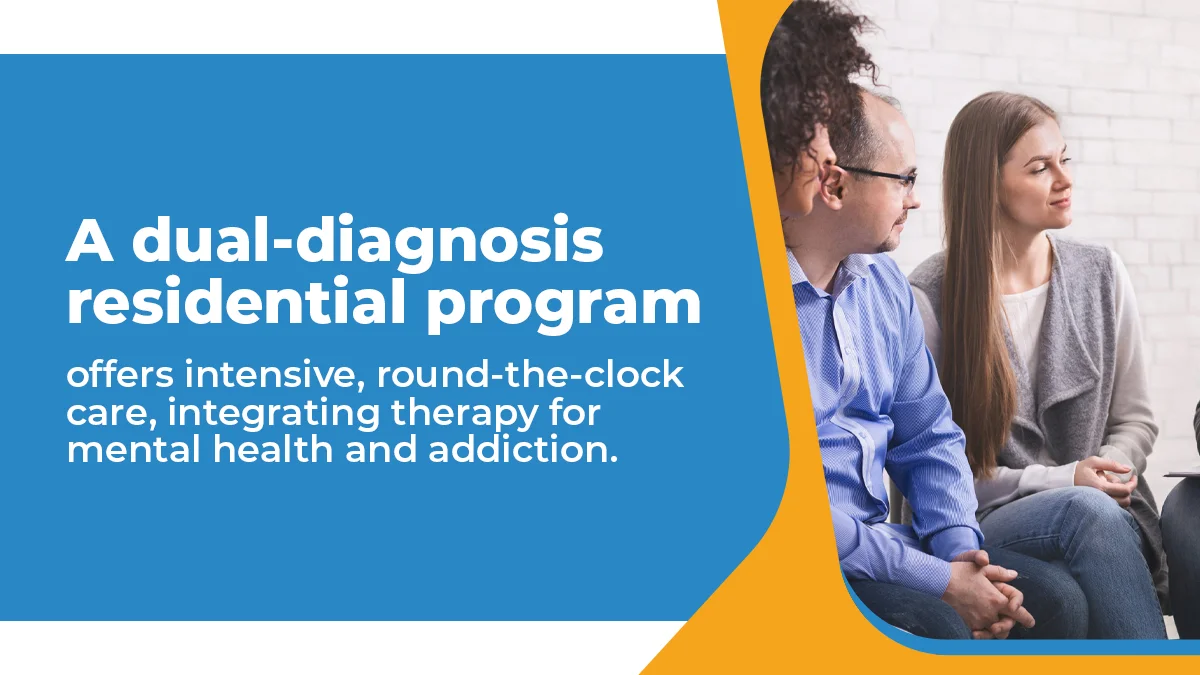
Using Tramadol To Manage Suboxone Withdrawal
Explore the role of tramadol in managing suboxone withdrawal symptoms with The Recovery Team-Newton.

Medication-assisted treatment (MAT) is a method used to treat substance use disorders. It combines counseling and behavioral therapy with medication to address addiction. MAT medications work by easing withdrawal symptoms and cravings, aiding individuals in recovery.
The effectiveness of MAT in treating substance use disorders is widely acknowledged. However, exploring its full impact is important. In this blog, we delve into the effectiveness of MAT, examining its mechanism of action and benefits.
Medication-assisted treatment combines medication and therapy for effective recovery from substance use disorders. Here’s what this blog covers:
The Recovery Team-Newton offers medication-assisted treatment to help you recover from addiction. Contact us at (508) 978-2772 for more details.
Medication-assisted treatment (MAT) involves the use of medications alongside counseling and behavioral therapies to treat substance use disorders (SUDs). Common FDA-approved medications include methadone, buprenorphine, and naltrexone, each working differently to manage withdrawal symptoms. Methadone is a long-acting opioid agonist, while buprenorphine is a partial opioid agonist, and naltrexone is an opioid antagonist.
MAT is tailored to individual needs, often starting with a comprehensive assessment by healthcare providers. This assessment aids in determining the suitable medication and dosage. Patients typically undergo regular monitoring and medical supervision to ensure the treatment is effective and to adjust as needed. Counseling and support groups are crucial components, addressing psychological aspects and helping patients build a support network.
Regulations and guidelines oversee MAT to ensure its safe and effective use. Programs often require certifications and follow strict protocols to prevent misuse. MAT is recognized as a vital part of drug addiction treatment, supported by numerous studies and healthcare organizations for its effectiveness in improving patient outcomes and supporting long-term recovery.
Medication-assisted treatment (MAT) helps people recover from substance abuse. It combines medications with counseling and behavioral therapies. Different types of MAT target various substances. This treatment approach improves the chances of recovery and helps manage withdrawal symptoms. Each MAT is tailored to the specific needs of the patient.
OUD treatment uses medications like methadone, buprenorphine, and naltrexone. These medications reduce cravings and withdrawal symptoms. They help patients manage their illicit opioid addiction and lower the risk of opioid overdose. Combined with therapy, these treatments support long-term recovery.
Medications for AUD include disulfiram, naltrexone, and acamprosate. These drugs help reduce cravings and prevent relapse. Disulfiram causes unpleasant effects if alcohol is consumed. Naltrexone blocks alcohol’s rewarding effects, while acamprosate helps maintain abstinence. Therapy alongside medication boosts recovery chances.
Nicotine dependence treatments involve nicotine replacement therapy (NRT), bupropion, and varenicline. NRT includes patches, gum, and lozenges to reduce cravings. Bupropion and varenicline are prescription drugs that ease withdrawal and reduce smoking pleasure. Combining these treatments with counseling increases success rates.
Other substance use disorders, like cocaine or methamphetamine addiction, also have specific treatment options. Medications and behavioral interventions are tailored to each substance. These effective treatment programs aim to reduce cravings and prevent relapse. Ongoing support and counseling are crucial for successful recovery. Each treatment plan is personalized for the individual.
Medication-assisted treatment (MAT) works through several mechanisms to help people overcome addiction. It reduces cravings and eases withdrawal symptoms, making it easier for individuals to stop using harmful illicit substances. MAT changes the brain chemistry, altering how the brain reacts to drugs and reducing their pleasurable effects.
Medication-assisted treatment (MAT) helps people overcome addiction. These medications reduce cravings and withdrawal symptoms. By doing this, they make it easier to stay away from drugs. This support helps people focus on recovery without feeling overwhelmed.
MAT targets specific brain pathways involved in addiction. These medications affect the brain’s reward system. They block the euphoric effects of drugs or reduce their impact. This helps to disrupt the cycle of addiction by changing how the brain responds.
MAT includes more than just medication. Counseling and behavioral therapies are crucial parts. They help individuals develop coping strategies and build healthier habits. This combined approach increases the chances of long-term recovery by addressing both physical and psychological aspects of addiction.
Assessing the effectiveness of medication-assisted treatment involves studying how well these treatments work in real-life situations. Researchers gather data from clinical trials to see if these treatments provide better patient outcomes. By comparing them with non-medicated therapies, healthcare providers can determine which approach is most effective in treating substance use disorders.
Clinical trial data offers valuable insights into the efficacy of MAT. These studies, regulated by the U.S. Food and Drug Administration, provide evidence-based information on the benefits and risks of using common medications to manage substance use disorders. Analyzing these data helps healthcare professionals make informed decisions about the most effective treatment options for their patients.
Real-world outcomes reflect how MAT performs outside of controlled clinical settings. By examining real-world data, including patient experiences and treatment adherence, researchers can assess the practical impact of these treatments on individuals seeking recovery from addiction. This information guides healthcare providers in tailoring treatment plans to improve patient access and better outcomes.
Comparisons with non-medicated treatments allow medical professionals to evaluate the relative effectiveness of medication-assisted treatment approaches. By evaluating medicated and non-medicated interventions, researchers can identify the most effective strategies for managing addiction. These comparisons inform federal regulations and policies to promote evidence-based treatment practices and improve patient outcomes in the United States.
Medication-assisted treatment (MAT) helps people recover from substance use disorders. MAT combines medications with counseling and behavioral therapy. Research shows it reduces the risk of overdose. It also improves lives by addressing addiction in various settings despite the stigma that still exists.
Using certain medications in MAT lowers the risk of overdose. Medical management in MAT has been shown to reduce mortality rates significantly. For example, methadone and buprenorphine are effective in preventing fatal overdoses. Human services now focus more on MAT in recent years.
MAT helps patients stay in treatment longer. Research indicates that those using MAT are less likely to drop out. This increased retention improves overall recovery outcomes. Combining medical management with therapy in various settings enhances treatment success.
MAT improves the quality of life for people with substance use disorders. Patients experience better physical and mental health. MAT, including medications and cognitive-behavioral therapy, helps them regain stability. This comprehensive approach in human services supports long-term recovery.
Integrating medication-assisted treatment (MAT) with other therapies improves recovery from substance abuse. MAT uses medications like methadone or buprenorphine to reduce cravings. Combining these medications with counseling or behavioral therapies helps patients address emotional and psychological issues. This holistic approach makes recovery more effective and sustainable.
Counseling in MAT includes individual and group sessions. In individual therapy, patients discuss personal challenges and develop coping strategies. Group therapy provides peer support and shared experiences, which can be very encouraging. Together, these methods create a strong support network.
Behavioral therapies like cognitive behavioral therapy (CBT) are also crucial. CBT helps patients identify negative thoughts and behaviors. They learn new skills to handle triggers and stress. Combining MAT with CBT enhances self-control and reduces the chance of relapse. This comprehensive treatment leads to better outcomes.
Are you struggling with substance use disorder and finding ways to recover? Reach out to The Recovery Team-Newton for support and guidance.
Our treatment center offers a day treatment program to help you overcome addiction. Our program is designed to provide different levels of care to patients through medication-assisted treatment, evidence-based therapies, and holistic approaches, depending on the severity of care required for each client.
Don’t let addiction hold you back any longer. Call us at (508) 978-2772 to discover how MAT combined with counseling can support your long-term recovery goals.
Medication-assisted treatment (MAT) helps people recover from substance use disorders. It combines medications with counseling and therapy. The medicines reduce cravings and withdrawal symptoms. This makes it easier for people to focus on their recovery.
MAT also lowers the risk of overdose and relapse. By stabilizing brain chemistry, it helps patients maintain their everyday lives. Combining it with therapy addresses the psychological aspects of addiction. This comprehensive approach increases the chances of long-term recovery. Thus, MAT supports the overall health and well-being of those battling addiction.
Medication-assisted treatment (MAT) for addiction has a success rate of about 50-60%. This means that over half of the people who use MAT stay clean and sober. MAT combines medications with counseling and support, making it effective. The medicines help reduce cravings and withdrawal symptoms.
Counseling addresses the behavioral aspects of addiction. By using both approaches, MAT helps people maintain recovery. The success of MAT varies depending on individual commitment and support systems. However, many experts consider it a strong option for treating addiction.
You can combine medication-assisted treatment (MAT) with therapy or counseling. This mix often works best for treating substance use disorders. MAT helps manage withdrawal symptoms and cravings, while therapy or counseling addresses the mental and behavioral aspects.
Using both treatments together gives a more complete approach. Patients get medical help from MAT and emotional support from counseling. This dual approach boosts the chances of long-term recovery. Many healthcare providers suggest combining these treatments for better results.

Explore the role of tramadol in managing suboxone withdrawal symptoms with The Recovery Team-Newton.

Explore the basics of insurance coverage for suboxone treatment in this guide from The Recovery Team-Newton.

Explore the examples of dual diagnosis and its treatment plans for better outcomes with The Recovery Team-Newton.